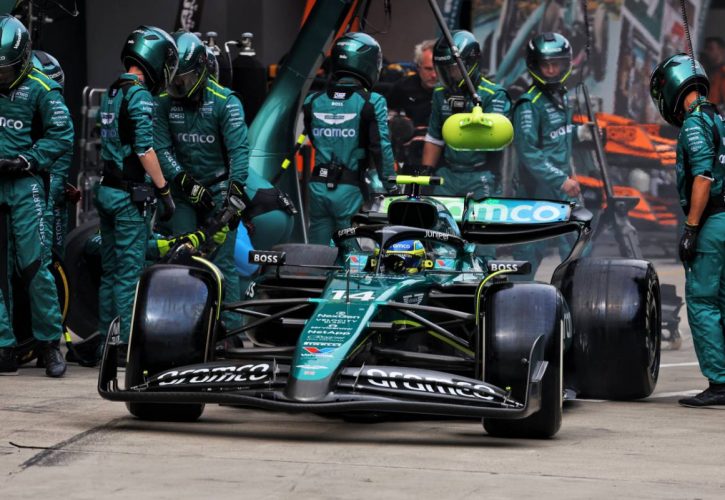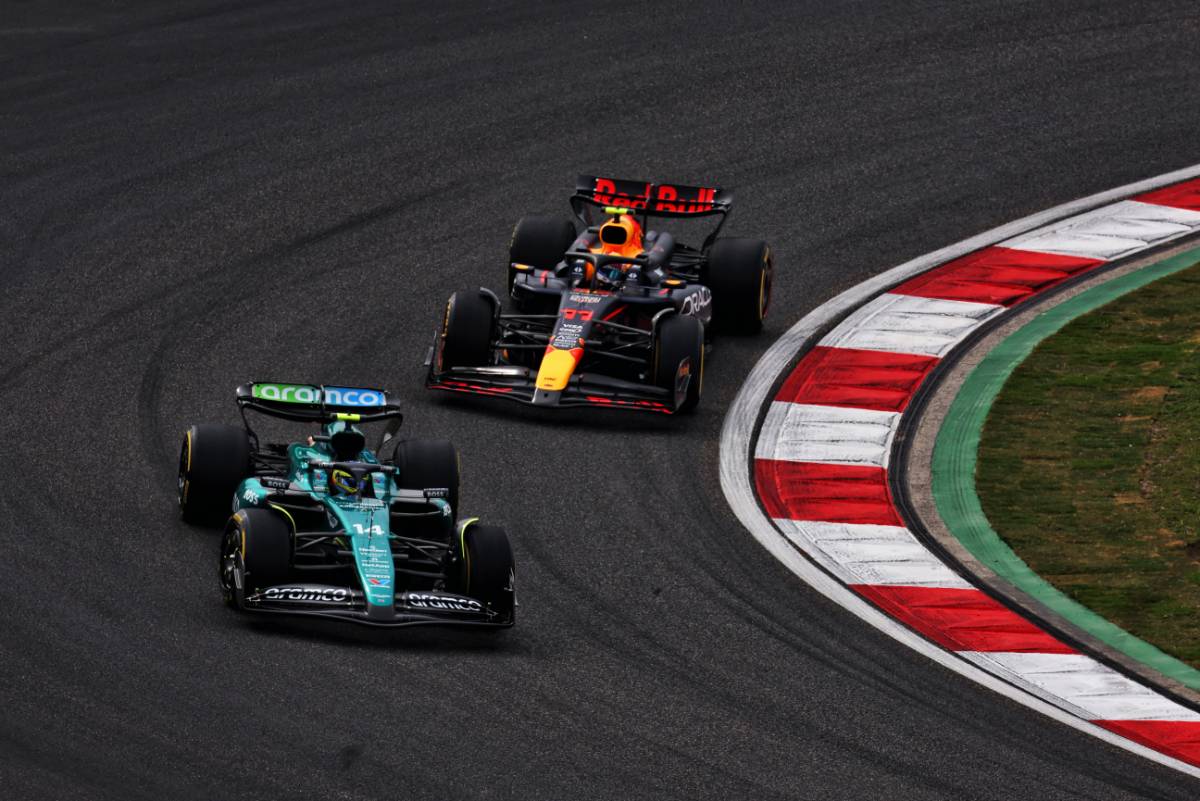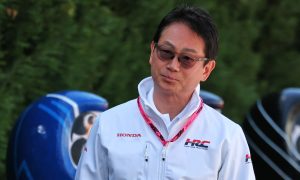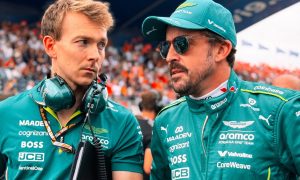
Fernando Alonso faced a tyre challenge during the Chinese Grand Prix, compelled to switch to the soft compound at a crucial moment of the race due to depleting his allocation of hard tyres earlier in the sprint weekend.
Starting the race on a fresh set of mediums, Alonso switched to his single set of hards after just eleven laps.
Unfortunately, with no additional sets of the white-rimmed tyre available, Aston Martin swapped the Spaniard to a set of softs during the race’s first Safety Car period triggered by Valtteri Bottas’ stranded Sauber.
While this gave Alonso a theoretical benefit on the restart, it also committed the Aston charger to a three-stopper.
Despite dropping to 12th after his final stop on lap 43 of 56, Alonso mounted a late charge that carried him to seventh at the checkered flag, allowing him to secure the fastest lap bonus point.
“We didn't have any more hard tyres,” said Alonso, explaining his forced switch to the softs.
“We had one soft and one medium and 35 laps in front of us which, in our calculations, it was not possible to make it to the end.
“There were a lot of safety car laps to remove the Sauber and once the safety car came in, more safety car laps because they crashed.”

Alonso admitted that his prospects didn’t look too bright after his final stop and switch to the medium compound. But the Spaniard pressed on.
“I felt fast but the positions were not looking good when I was P10,” he said. “It was difficult and it was our only strategy to do.
“But it was good to have the fastest lap, good to feel the car fast. We have a good DRS this year so it was very easy to overtake. I nearly crashed at the last corner, I was pushing my maximum.”
Aston Martin team boss Mike Krack elaborated on the use of the soft tyre while admitting that even in normal conditions, with no disruptions, Alonso would have been challenged to finish higher than P6.
“We thought, it's probably better to use it - because we had a new soft remaining - to use that one,” he explained.
“It was a little bit of a risk. Then when the safety car came, or to say, this extended safety period - you could not make use of the soft in that time.
“Then it was [about] limiting the damage. All in all, if you look at the pace of the car, which was not good enough in the race, the optimum result without the safety car would have been maybe sixth.
“Now we finished seventh with the fastest lap. Damage limitation.”
Keep up to date with all the F1 news via Facebook and Twitter






